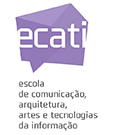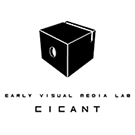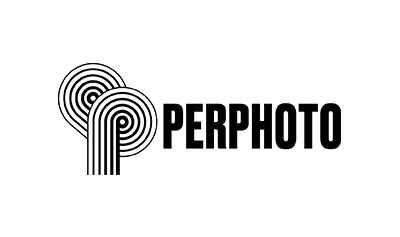Rute Muchacho
Curating new media faces a number of challenges and curators are grappling with a very important issue: to
improve their practice to practice and the way they communicate with the public, they must shift the focus
from using technology to other resources intrinsic to the art of new media, you have to focus more on
curating art that deals with new media and less on curating the new media themselves (Quaranta: 2012).
The variability of new media and the ease with which artists adapt to these technologies should contribute to
facilitate the exhibition of their works, promote the understanding of their work and communication with the
public, contributing to improving the visitor’s experience.
As argued by Quaranta (2012), it is important to understand what is relevant to the contemporary art
audience, working with the artist to find a good way to “translate” the work into the white cube and develop
dialogue with other contemporary art forms ”. We currently observe two different worlds of contemporary art
and we need specific curators for these areas with very specific properties. The curator must be able to
present the works of art of the new media to the contemporary art audience in a way that “is understood as
art and also obliges the public to reconsider their prejudices about what can be accepted as art. With or
without technologies ”Quaranta (2012).
Such exhibitions provide a space, first, to reflect on the continuum of ideas that take shape through a variety
of media and, second, to discover the correlations that the new art of the new media shares with its
precursors. The idea of creating narratives that are not fragmented and follow the path of art development
also shows the dynamics of curatorial practice itself. If museums have refrained from showing art in new
media, being skeptical about the qualities of this art in the course of art history, exhibitions such as Database
Imaginary 05 provide the artistic references that institutions may not have. He argues that the art of the new
media must multiply and change to stay alive.
Jon Ippolito (2008), defends that “like a shark, a new medium piece of art must continue to move to survive”.
Museums are more “at ease” with a static shark (Ippolito, 2008), like the skeletons of dinosaurs, Monet’s
paintings, which raise conservation problems that are already well known in these cultural spaces. In the art of
the new media we cannot configure and forget, it is constantly updating and is a living work in constant
change.
There is no doubt that there is no single practice or model for curating new artistic media and this is triggered
mainly by the hybridism of art itself. Christiane Paul (2008: 65) argued that ‘since the art of the new media is
more oriented to processes than to objects, it is important to transmit the underlying concept of this process
to the public ”. New media curators need to be constantly creative and versatile to create evocative spaces and
experiences.
As new media art gradually enters the museum’s doors, curatorial strategies need to not only communicate
art, but also the fact that the exhibition itself is a process (Gkoutziouli: 2012).







